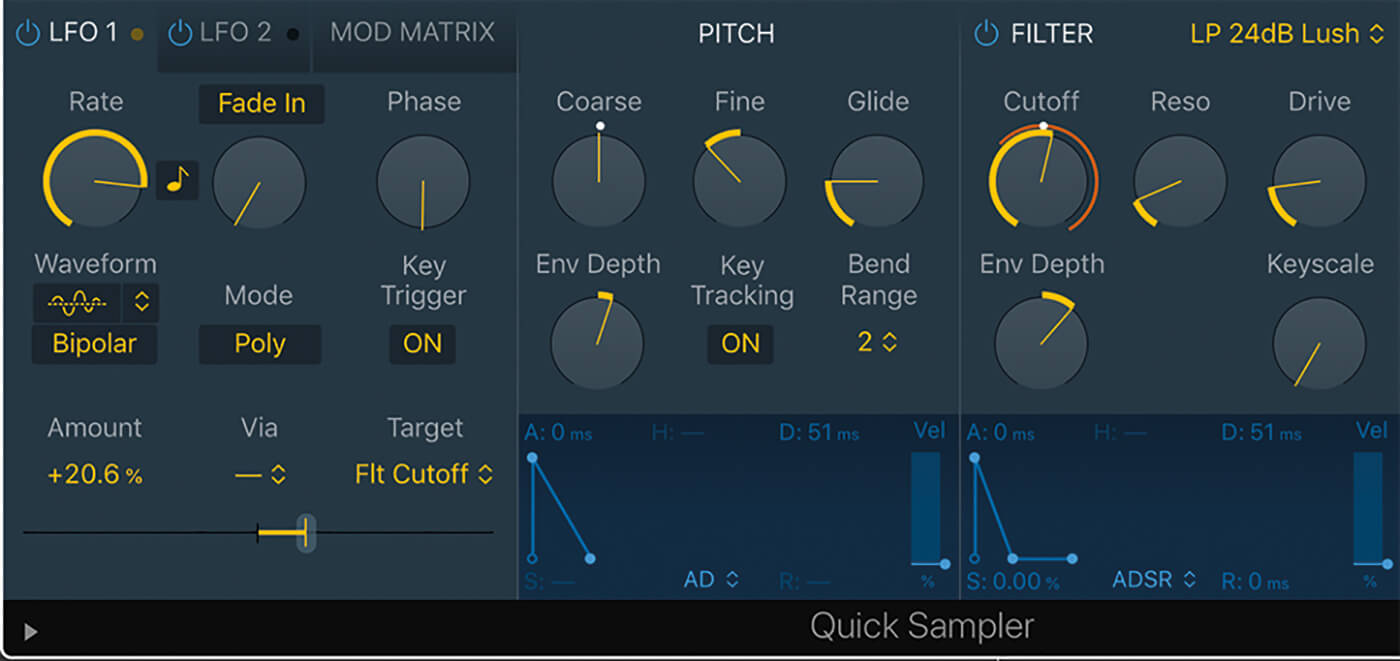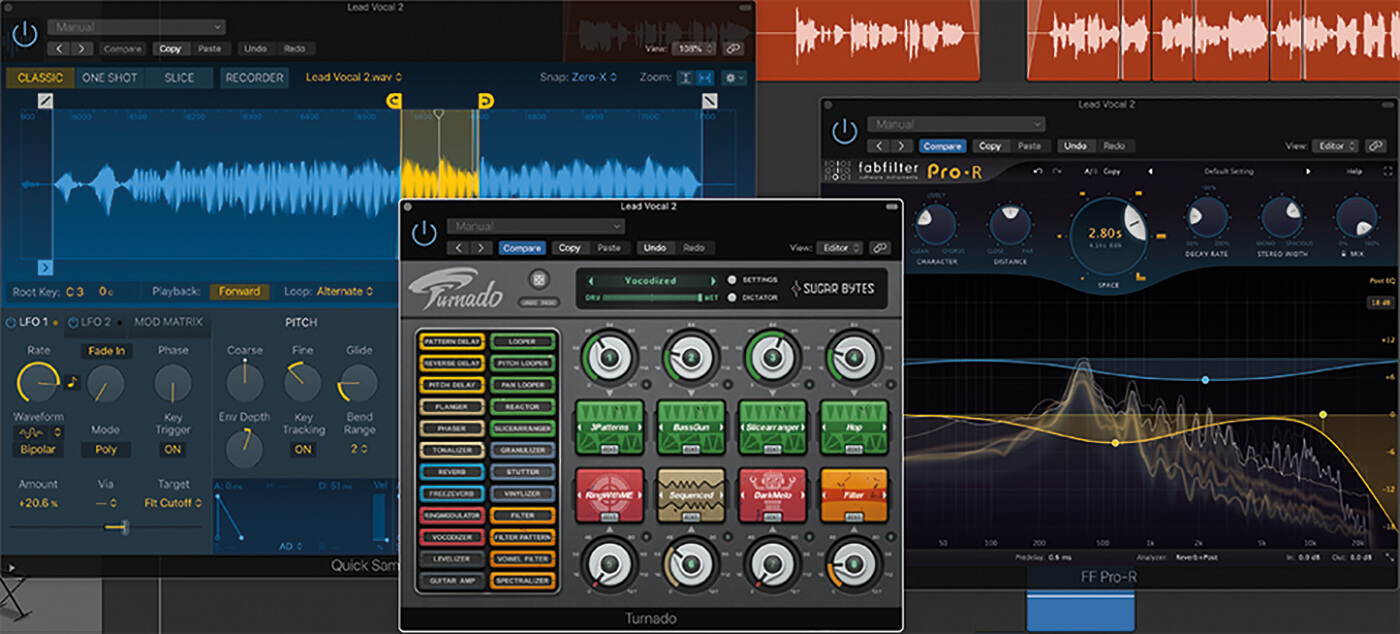Quick Tip: Vocal sampling and re-sampling in Logic Pro
We show you how to turn a vocal line into an intriguing playable texture in Logic Pro X.
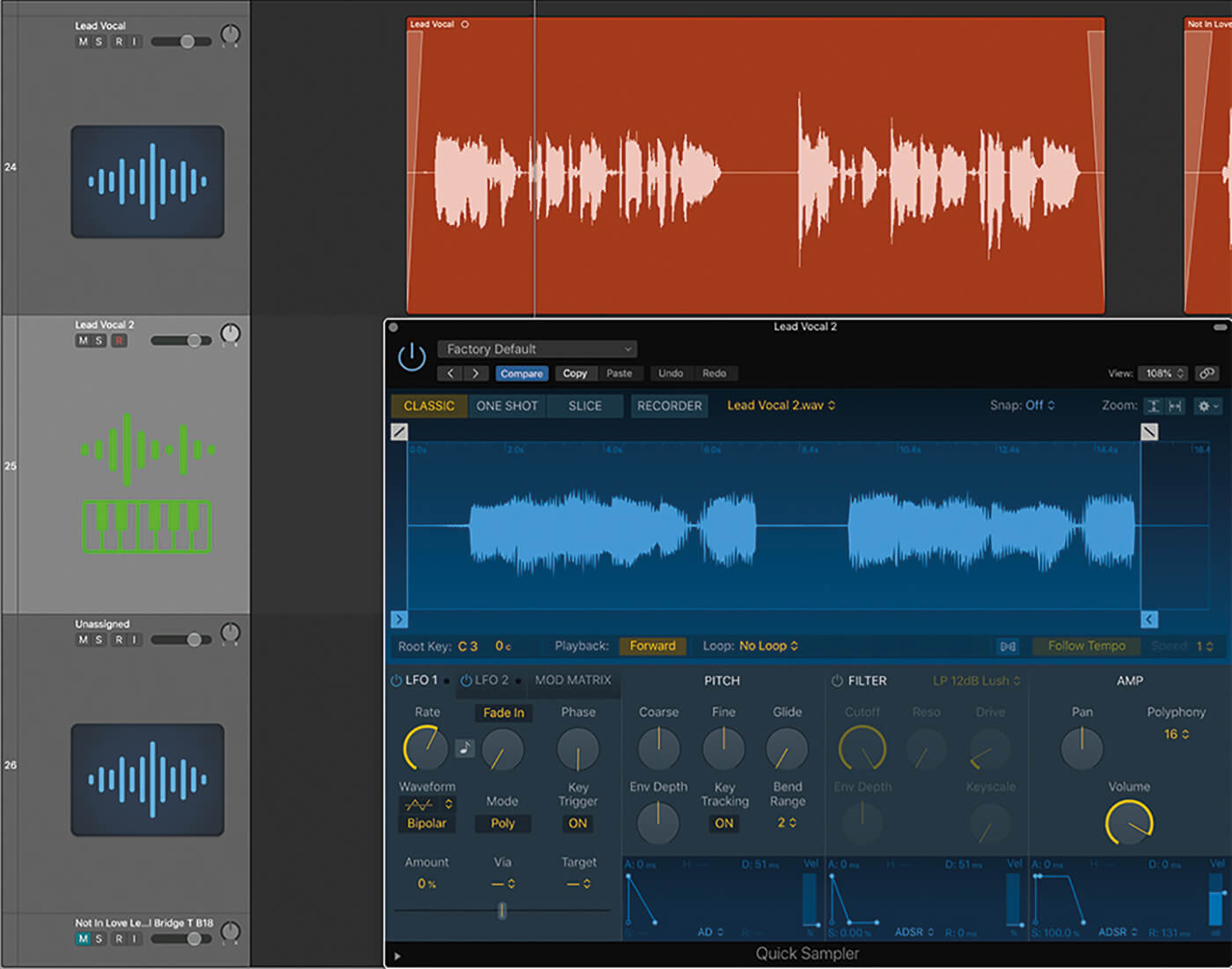
Beyond effects processing, vocal sampling is a fantastic way to explore idiosyncratic sonic territories. Chopping up an audio file and scattering the slices across a mix is a common technique found in dance music, with variations in pitch and rhythm. Logic Pro X‘s samplers can make this a breeze, offering scope to find loop points and single one-shot notes into sustainable textures that can play chords and create unexpected ambience around a lead vocal. Here’s how easy it is.
Vocal sampling and re-sampling: step-by-step
1. Take a whole section of your track into your sampler. Initially, this will mean that the whole phrase can be triggered from a key note, meaning you could play it back higher or lower than the original recorded vocal file.
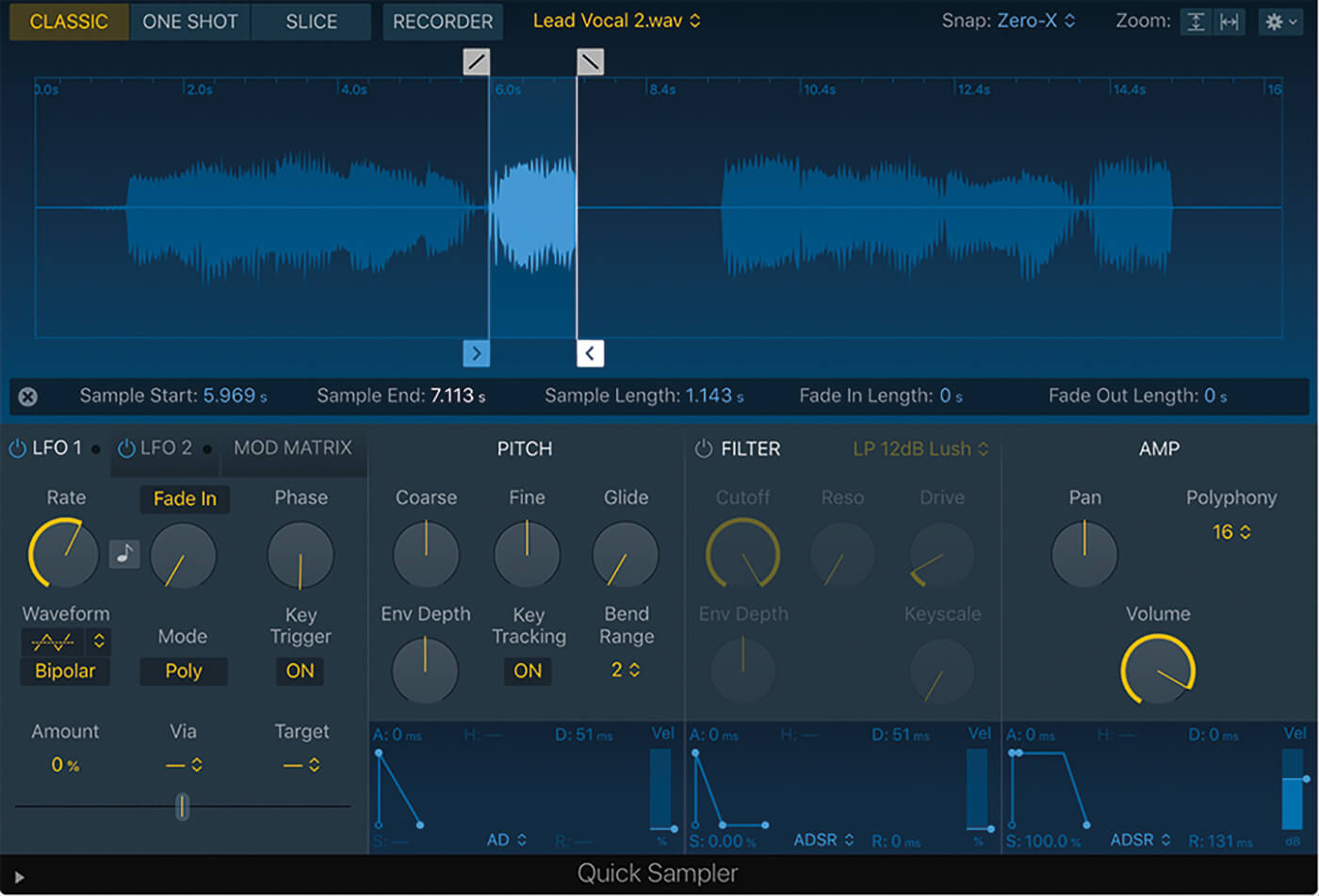
2. You’re looking for a shorter section, however, based on one sustained note. Move the start and end points until you find a promising fragment of the vocal that you’d like to manipulate. By setting Snap to Zero-X, the start and end points lock to zero-crossings, preventing the click sound that’s heard when you interrupt a sample mid-waveform.
3. Zoom in on your isolated section. Set up a forwards/backwards loop around this short part to create a sustained texture, and use a short crossfade to smooth it out. Now you have a sustained sound you can play across the entire keyboard range.
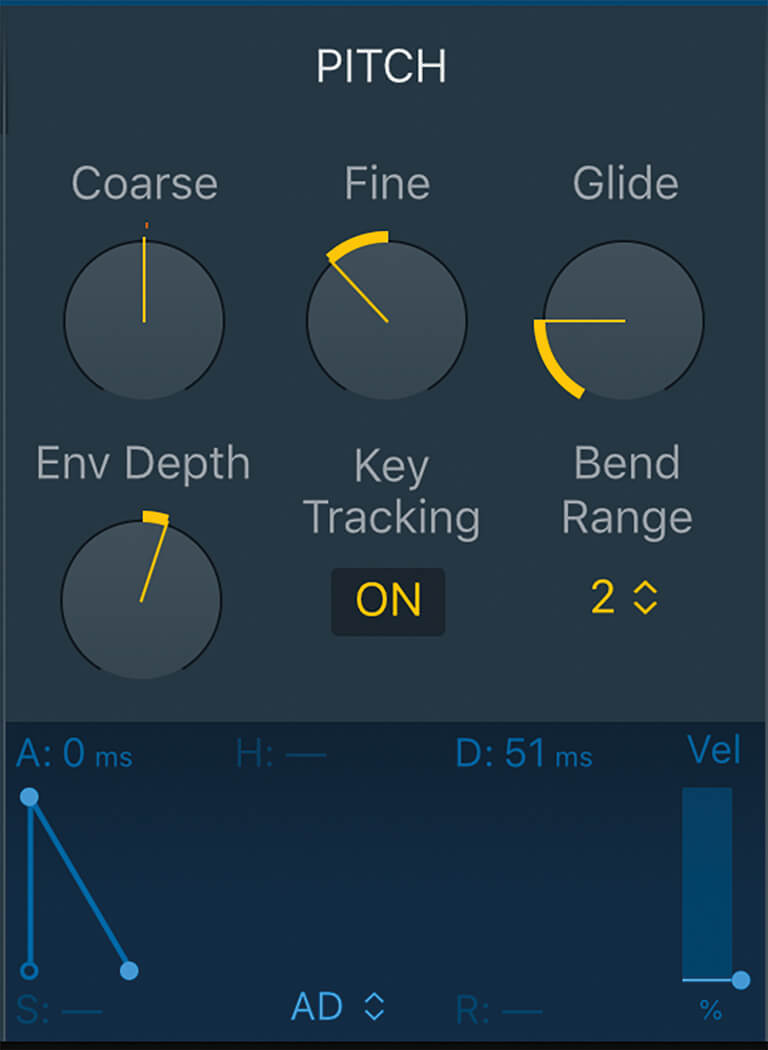
4. Your vocal loop probably sounds a little sharp tuning-wise. Use the pitch section below the sample area to adjust its core pitch. Add up a short glide time to add a touch of portamento, and engage the pitch envelope.
5. Add some unpredictability to your looped texture by setting up a random-shape LFO set to 16th notes, and route this to the filter cutoff. Choose a 24dB/octave filter, engage a little envelope-shaping and drop the cutoff frequency so that it can be modulated.
6. Keep shaping your texture within the sampler and, if you like, introduce more effects. We recommend running your vocal-chop texture through Sugar Bytes’ Turnado. If you create a new texture you like, you can always resample it.
For more Logic tutorials and workshops, check here.

